The Museum of Turkish and Islamic Arts is Ottoman palace on the western edge of the Hippodrome was built in 1524 for İbrahim Paşa, childhood friend, brother-in-law and grand vizier of Süleyman the Magnificent. It’s now home to a magnificent collection of artefacts, including exquisite examples of calligraphy and a collection of antique carpets that is generally held to be the best in the world.
Turkish and Islamic Arts Museum’s exhibits date from the 8th and 9th centuries up to the 19th century. Highlights include the superb calligraphy exhibits, with müknames (scrolls outlining an imperial decree) featuring the sultan’s tuğra (monogram). Look out for the exquisite Iranian book binding from the Safavid period (1501–1786). And whatever you do, don’t miss the extraordinary collection of carpets displayed in the divanhane (ceremonial hall) it includes Holbein, Lotto, Konya, Uşhak, Iran and Caucasia examples.
The lower floor of the museum houses ethnographic exhibits. Labels are in Turkish and English throughout.
The Museum of Turkish and İslamic Arts contains Turkish and İslamic Arts all together and is known as the last museum to open in the Otoman Period.The foundation of the museum was commissioned as a result of continuous steal of artworks from various trust bulidings, mosques, masjids, takas and sbrines from all over the country.Studies under a commission chaired by the director of Imperial Museum Mr. Osman Hamdi was completed in 1913 and the Museum was opened to publick as “The Museum of Muslim Endowments” (Evkaf-ı İslâmiye Müzesi) in imaret building within the complex of Süleymaniye Mosque, one of the masterworks of Mimar Sinan, the Chief Architect.
Fallowing the promulgation of the Republic the museum was lent the name of The Museum of Turkish and Islamic Arts and was transferred Ibrahim Pahsa Palace in 1983 where it stands today. The Palace that was given to then Grand Vizler Ibrahim Pahsa by Sultan Süleyman the Magnificent was amongst the chief structures of civil architecture in 16thcentury.
Rose on the stages of ex-hippodrome in Horse Square (At Meydanı) the famous historical square of Istanbul, the Palace in contrast to the Ottoman architectural tradition where all structures were built in wood was built in stone. Although it is identified precisely when and by whom the Palace was built, the alterations made before the great circumcision ceremony and the new entrance gate was known to be built by Sinan the Architect.
The Palace functioned as a palace of grand vizier. The just ceremony at the palace was arranged for the celebration of Ibrahim Pahsa’s wedding with Sultan’s sister Hatice Sultan in 1524. Sultan Süleyman the Magnificent watched the circumcision ceremonies of his princes Mustafa, Mehmet and Selim in 1530 from his lodge (mahfil) in Ibrahim Pahsa Palace. The ceremonial hall and the Assembly Hall (Divanhane) of the Palace was refurbished between the years 1966 and 1983 and obtained today’s condition. Various historical sources describe Ibrahim Pahsa Palace the largest amongst viziers’ palaces an even more marvellous than from Topkapı Palace.
While here, be sure to enjoy an expertly prepared Turkish coffee at Müzenin Kahvesi in the courtyard.
| Address | : | At Meydanı Sok. No:46 İbrahim Paşa Sarayı Sultanahmet, Eminönü |
| Web Site | : | www.tiem.gov.tr |
| : | turkislam@muze.gov.tr – turkislameserlerimuz@kultur.gov.tr | |
| Phone | : | (212) 518 18 05 |
| Fax | : | (212) 518 18 07 |
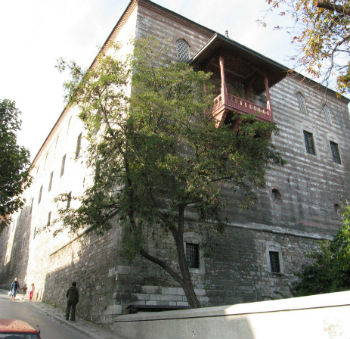
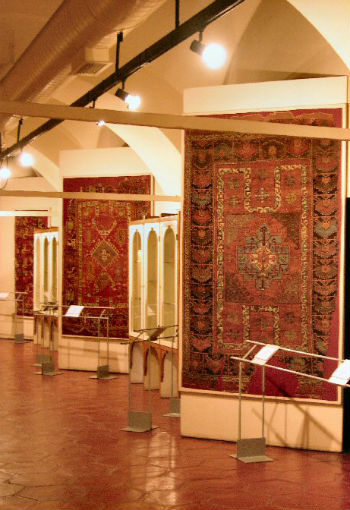
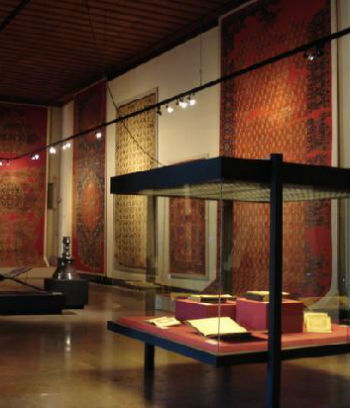
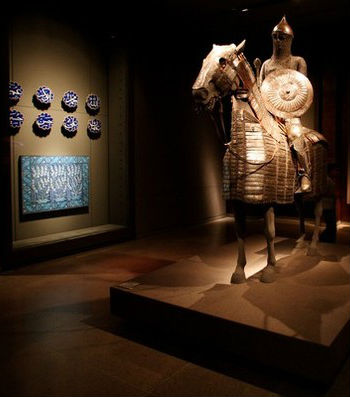
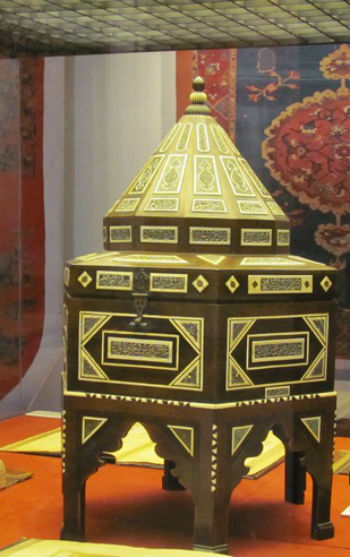


A nice cool place to visit, though many stairs to climb before you start. The selection of carpets from the Hagia Sophia centuries ago and pottery as well as Korans is interesting to see. Good views of the Blue Mosque as this Museum is across from it.
We loved this museum, this was by far the biggest surprise. The contents of the museum are so lovely to look at and everything is so well put together. There is a fantastic coffee house and garden in the middle and you can enjoy a Turkish coffee experience, (well worth a try).
Located near the blue Mosque, this under-appreciated museum has a great collection of tiles, tapestries, and ceramics. Well worth a visit.
There are a number of great pieces in this museum. They are well spaced and its not an overwhelming experience dealing with them.
Found on the side of the Hippodrome, this museum shelters fabulous carpets (many very very old) and others artworks, as well as giving you vignettes of Turkish ways of living.
I think a lot of people overlook this when visiting Istanbul and it gets overshadowed by the more eye catching monuments. But this museum has amazing artifacts that should be seen by all!
Only a small museum but a wonderful collection of carpets (it's amazing how well preserved some of them are), some calligraphy examples and some exhibits on the Turkish people.
There are beautiful carpets, Iznik tiles, Ottoman metalwork and there's an excellent section showing Turkish lifestyles from nomads to 19th century city living.
We spent a few hours following a path through this museum. The magnificent carpets gave us a new perspective on the history of Turkish weaving and the dioramas of traditional Turkish home life were especially interesting.
You can see artworks such as wood-works, rugs, hand-writings from various foundations, mosques and masjids from all over the country. Also you may see some possessions of Ottoman Sultans.